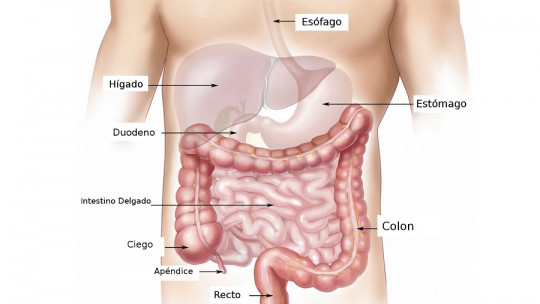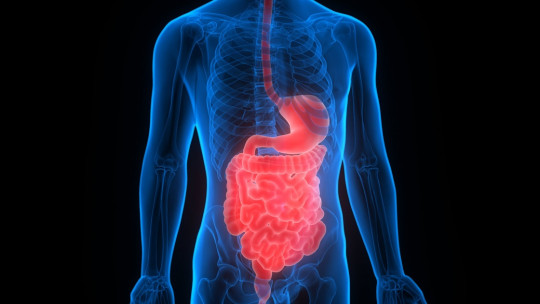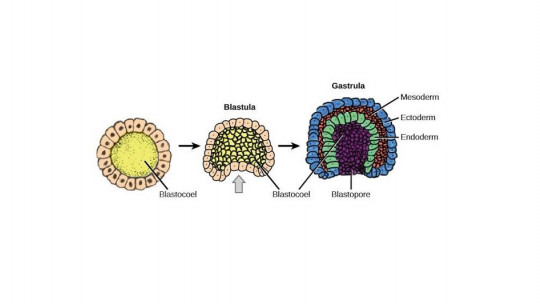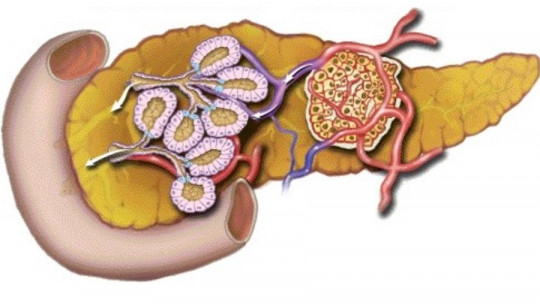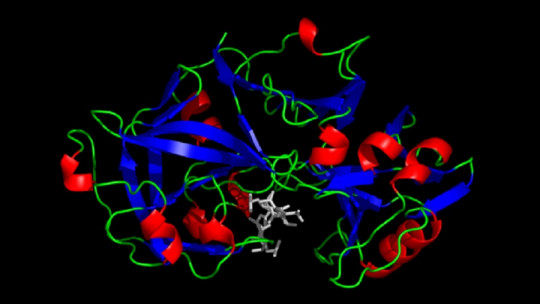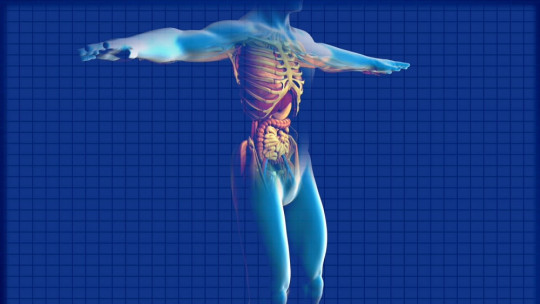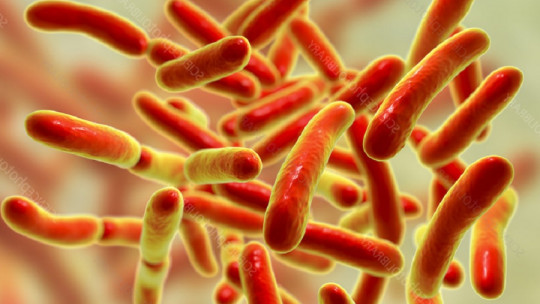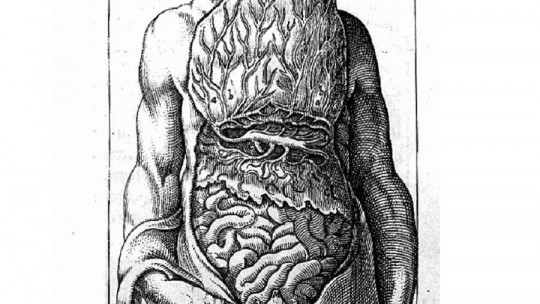
The digestive system includes a set of organs in charge of the digestion process, or in other words, the transformation of food by hydrolysis into molecules small enough so that they can cross the cell plasma membrane. Thanks to the digestive tract, exogenous nutrients reach the cells, which use them for respiration and many other metabolic processes.
The digestive system includes several functions, including the following: transporting food throughout the body, secretion of acids, absorption of nutrients and excretion of non-metabolizable wastes. Without a doubt, understanding human life as it is without this system would be completely impossible.
When we think about the digestive system, we usually automatically think of the stomach, where the bolus mixes with many of the digestive juices. Beyond this very interesting structure, another equally essential section tends to be more covered: the intestine.
In this article we will see what the parts of the intestine are and the way they function in the digestion and evacuation process.
What are the most important parts of the intestine?
The intestine is the part of the digestive tract that is located between the stomach and the anus. Is about a long tube-shaped organ (located in the abdomen) in which the digestion process is completed since most of the nutrients and water ingested during the feeding process are absorbed here.
Adding all the parts that make it up, the intestine covers up to about 7.5 meters in length. This data has great biological and evolutionary meaning, since the more total tissue surface area, the more absorption of nutrients and water can be carried out until the inevitable excretion of food. In addition, to further increase the absorption surface, the intestinal mucosa has small projections, called intestinal villi.
Before continuing, it is necessary to clarify that The intestine is divided into 2 parts: the small and the large We explore their particularities separately because, despite being part of the same general structure, they fulfill different functions and have a different anatomy. Go for it.
Small intestine
The small intestine can be defined as a thin tube-shaped organ that connects the stomach to the large intestine. It measures approximately 6 meters, which is why it must present several folds and folds to be located in the human abdomen.
Its most important function is the absorption of nutrients, hence it has specialized structures and further increases the available surface without compromising the viability of the organ. Some of them are the following:
The small intestine absorbs hundreds of grams of carbohydrates, about 50-100 grams of amino acids (essential for the formation of proteins) and up to 7 liters of water daily. Once its general physiology and functionality has been explored, we can briefly describe its parts.
1. Duodenum
It is the first part of the small intestine, located between the stomach and the middle section of the small intestine, also known as the jejunum Food reaches the duodenum already partially degraded thanks to stomach acids, but here an essential substance for the absorption of nutrients is released: bile.
Bile, secreted in the liver and stored in the gallbladder, is released into the duodenum after food intake. It is composed of bile salts with emulsion characteristics of fats, proteins, cholesterol and water (the latter corresponds to 97% of the total). Thus, the absorption of vitamins, minerals and other nutrients begins in this portion of the small intestine.
2. Jejunum
This term refers to the part between the duodenum and the ileum Its function is the absorption of substances from the nutritional chyme, which has already been attacked by bile salts. The jejunum has a large number of circular folds and intestinal villi, in order to maximize the absorption surface. Thanks to them, a non-negligible amount of absorptive work is carried out in a small portion of tissue.
3. Ileum
The jejunum and ileum are a bit difficult to distinguish with the naked eye, as there is no exact separation between the two. In general, the ileum is “less”: It is 1 centimeter smaller in diameter, fewer circular folds and villi, and thinner walls
The ileum fulfills functions of absorption, secretion and motility, although to a lesser extent than the jejunum. However, it is of essential importance: vitamin B12 and most bile salts are absorbed here.
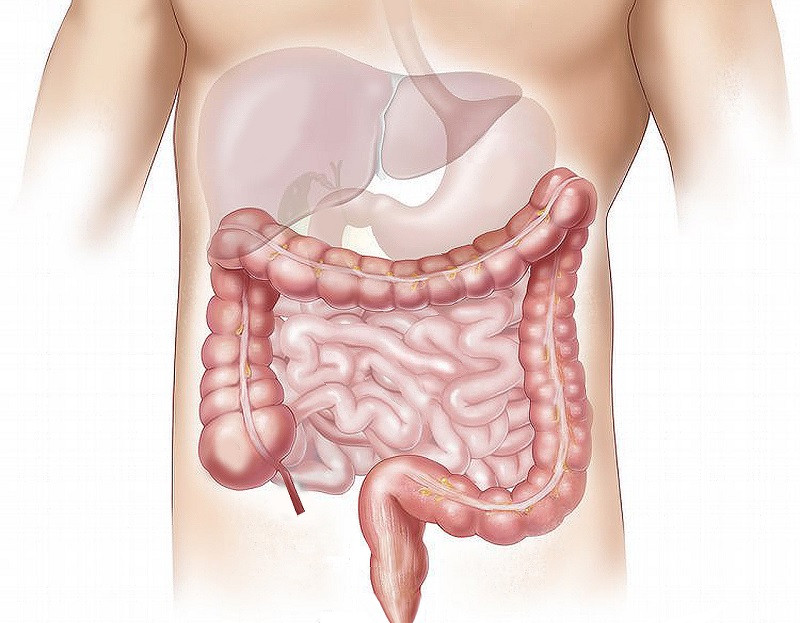
Large intestine
The large intestine is defined as a long, tube-shaped organ that connects to the small intestine at one end and to the anus at the other. It is shorter than the small intestine, but is still enormous If we take into account its location: we are talking about approximately 1-1.5 meters.
Unlike the small intestine, the processing of the bolus (at this point known as chyle) is no longer carried out here. The large intestine is limited to absorbing minerals, water and vitamins. Below, we discuss its parts.
1. Cecum canal
It is the “pouch” that forms the first part of the large intestine, connecting the small intestine to the colon The function of the cecum is very curious, since it contains symbiotic bacteria capable of degrading substances that are impossible for humans to assimilate, such as cellulose. These plant-based compounds can account for up to 10% of daily caloric intake.
2. Colon
It is the longest part of the large intestine, almost 1.5 meters in length and 6.5 centimeters in diameter This structure is responsible for extracting water, nutrients and electrolytes from partially digested food, giving rise to feces.
When the food mass reaches this point, almost all the nutrients and 90% of the water have already been absorbed. Therefore, its function is the final absorption and action of the intestinal flora, which gives feces its unpleasant organoleptic characteristics.
Unfortunately, the colon is probably familiar to you for more than just its physiological characteristics. At the incidence level, colorectal cancer is the third most common type of neoplasia, just after the lung and breast. The average age of presentation is 70-71 years, although it can also occur in younger people.
3. Straight
It is the last section of the digestive tract, located immediately after the sigmoid section of the colon. It has a length of about 15 centimeters, and is the place where waste materials are received that remain after digestion, that is, the feces themselves.
This is one of the most important organs for understanding human defecation. The rectal ampulla is a place where feces are received and, when its walls are distended by the presence of organic matter, the nervous receptors of the vegetative system cause the desire to evacuate that we all know.
4. Anus
It is an orifice common to many animals through which feces are excreted into the environment, since the sphincter that regulates the defecation process is located here. The anal canal extends from the rectum to the perianal skin and is covered by a mucosa that covers the internal sphincter.
The inner lining layer of the anus is divided into 3 sections: glandular, transitional and squamous. This structure measures approximately 4 centimeters and is made up of 4 muscle groups involved in defecation.
Summary
As you may have seen, Each part of the intestine has a specific function and plays a fundamental role in the digestion process From the movement of the food bolus to the degradation of substances, the purpose of the intestine is to absorb the maximum amount of water, nutrients and usable products before actual excretion occurs.
If we want you to stay with a central idea of this space, this is the following: the intestine (especially in its thin portion) presents multiple cellular and tissue structures unique to humans, in order to increase the absorption surface as much as possible. maximum possible without compromising the functionality of the organs involved.

